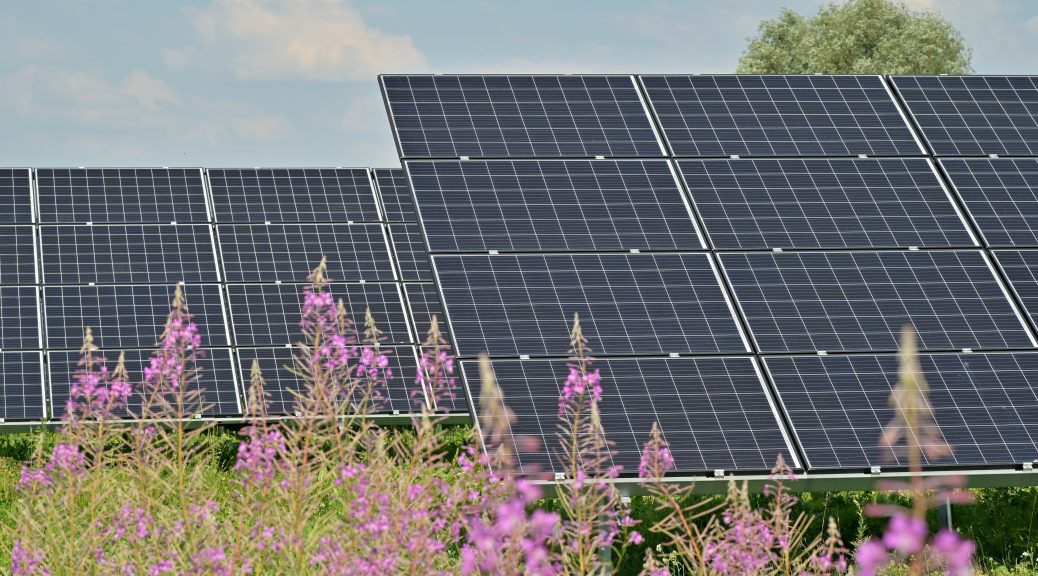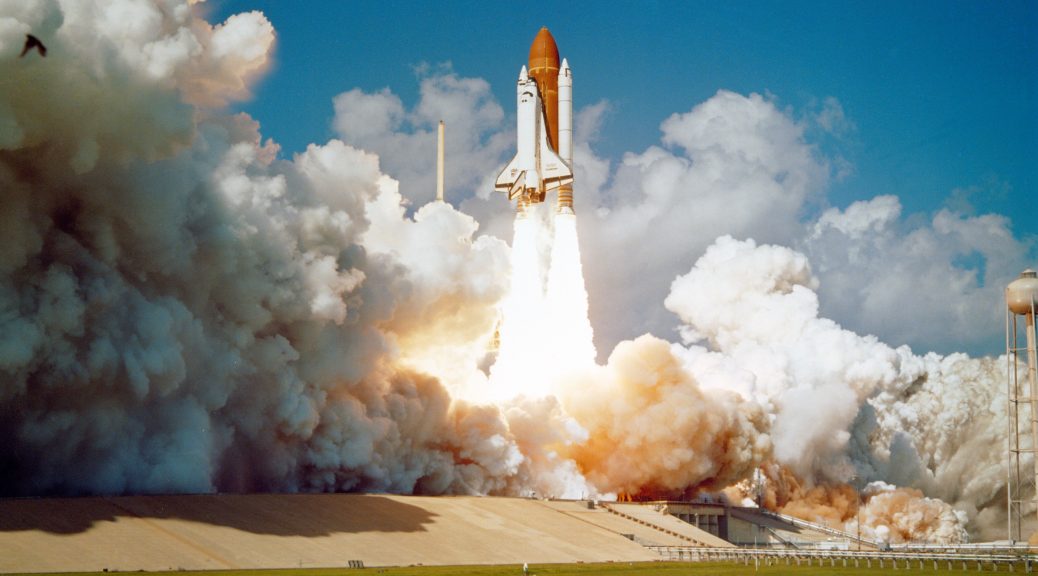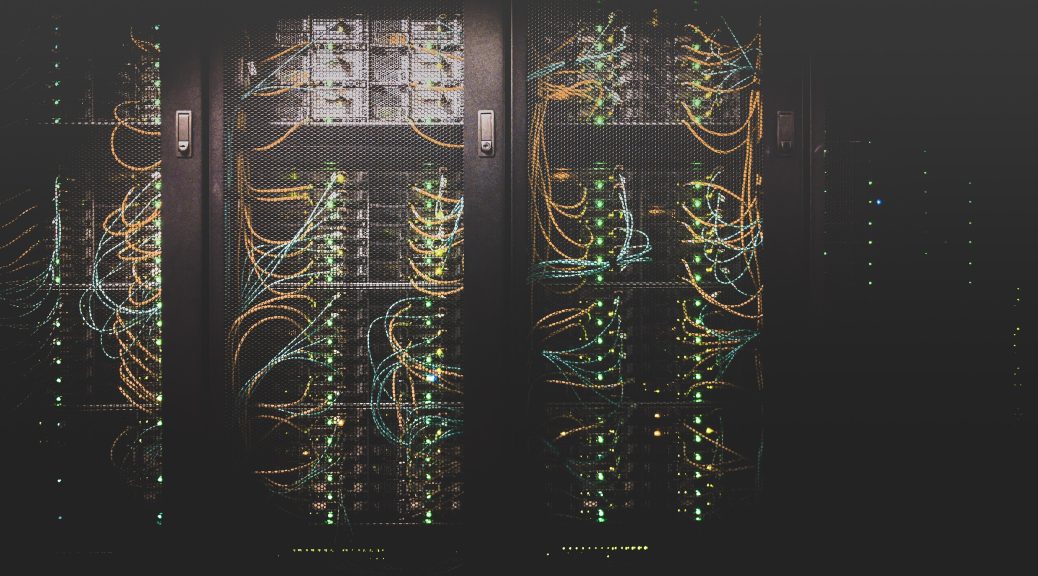Data center is the name given to a facility that provides shared access to data and applications via a complex computing, storage and network structure. To ensure that the data is secure and highly available, there are industry standards that are also helpful for planning and maintaining data centers.
What is a data center?
In one form or another, data centers, also known as data centers, have been around since the advent of computers. In the days of room-sized behemoths, a data center might have consisted of a supercomputer. As the equipment got smaller and cheaper and requirements increased, more and more vendors began networking multiple servers together. This greatly increased processing power.
Today, these servers are connected to communications networks so that people can remotely access the information stored there. One room, one building, or several buildings often house multiple clustered servers with associated infrastructure. Modern data centers have hundreds or thousands of servers running around the clock. That’s why Europe’s largest data center investors are also very interested in the technologies.
Due to the high concentration of servers stacked in rows, these data centers are also called server farms. Data centers offer important such as:
+ data storage
+ Backup and recovery
+ networking
+ data management
+ network services
Data centers store and deliver entire websites. Servers provide services such as e-commerce, cloud storage, email, Instand messaging, online gaming, financial services and other applications.
Just about every company, organization, government agency or scientific research institution either needs its own data center or must rely on the services of a third-party provider. Some use a dedicated building for this purpose or use public cloud-based services, such as those offered by Amazon, Google or Microsoft. The data centers of large companies are often distributed around the world to ensure constant access to data.
Why we need data centers
Even as computer hardware gets smaller and more powerful, the need for computing power and storage of data continues to grow. Above a certain size, every business, government agency, research institution, social network, and organization requires tremendous computing power. A lack of fast and reliable data can result in the inability to deliver critical services and the loss of customer satisfaction and revenue.
All this data needs to be stored somewhere. That’s why more and more data is moving to the cloud so it doesn’t have to be stored on work computers. This data is then accessed via host servers, which is why many companies are also moving their professional applications to the cloud. This in turn reduces the cost of running their own servers and networks.
Types of data centers
Data centers vary in size. They range from small server rooms to centers geographically dispersed around the globe. Modern data centers have evolved from a local infrastructure. Today, local systems are connected to cloud infrastructures where networks, applications and workloads are virtualized in multiple private and public clouds. The following types of data centers are distinguished:
+ Co-location data centers – space and resources are provided by a provider to a customer. Administration is the responsibility of the customer.
+ Enterprise data centers – These data centers are used by individual companies for internal purposes.
+ Managed Service Data Centers – Services such as data storage, computing and other services are performed here directly for the customer.
+ Cloud data centers – These centers are globally distributed and are often offered to the customer with the help of an external managed service provider.
Scaling and design
When we think of a data center, we often imagine huge halls full of server racks blinking away. Miles of cables connect servers to routers, switches or other equipment. However, data centers come in all sizes and configurations. They range from a few servers in one room, to tens of thousands of servers in huge halls. Some are so large that employees use bicycles or electric scooters to get around.
Server configuration, network topology, and supporting infrastructure can vary widely depending on the company, purpose, location, growth rate, and initial data center design concept. The layout of a data center can greatly affect the efficiency of data flow and environmental conditions within the center. Some sites may group their servers by function, such as Web servers, database servers, or application servers and database servers. For others, each server may perform multiple tasks. There are no set rules or standards for this.
How data centers work
A basic physical unit of data centers are servers connected into clusters. Often these are of the same type, to be stacked in open or closed cabinets. However, sometimes there are different types, sizes or ages of servers. For example, modern, flat servers exist alongside old Unix computers and huge mainframes.
Each server is a high-performance computer, with memory, storage, a processor or processors, and input/output capability. Sort of like a personal computer, but with a faster and more powerful processor and much more memory. Monitors, keyboards, or other peripherals are located in a central location or in a separate control room from where the devices are monitored.
Networks, software and infrastructure
Networking and communications devices are necessary in a data center to maintain a high-bandwidth network for communication with the outside world and between servers and other devices within the data center. This includes components such as routers, switches, the servers’ network interface controllers (NICs) and potentially miles of cable. Cabling comes in several forms, including twisted pair (copper), coaxial (also copper ) and fiber (glass or plastic). Cable types and their various subtypes affect the speed at which information flows through the data center.
Other important data center equipment includes storage devices (such as hard disk drives, SSD drives and robotic tape drives), uninterruptible power supplies (UPSs), backup batteries, backup generators and other power-related devices.
And, of course, software is needed to run all this hardware, including the various operating systems and applications that run on the servers, clustering framework software such as Google’s MapReduce or Hadoop to distribute work across hundreds or more machines, Internet socket programs control networks, system monitoring applications and virtualization software such as VMware to reduce the number of physical servers.
Virtual data centers
A virtual data center provides the capabilities of a traditional data center, but uses cloud-based resources instead of physical resources. It offers an organization the ability to provision additional infrastructure resources as needed without having to purchase, provision, configure and maintain physical appliances. In this way, enterprises can take advantage of the flexibility, scalability and cost savings of cloud computing.
Data center security
In addition to the building security systems that support a data center facility, communications networks require a thorough zero-trust analysis. Data center firewalls , data access controls, IPS , WAF and their modern equivalent Web Application & API Protection (WAAP) systems must be properly specified to ensure they scale as needed to meet data center network requirements.
Why data centers are becoming relevant
Data centers are the backbone of modern computing. They are the lifeline that keeps our digital world running. Data centers are far more secure than storing data on traditional hardware. Virtual data centers in the cloud offer better security protection through effective firewalls and similar devices, in addition to backup services.






